In 2021, YouTube’s decision to remove the public dislike count generated mixed reactions from its massive community. Hiding dislikes was supposed to reduce harassment, but this feedback tool’s absence also handicapped YouTube users in gauging quickly how a given video was taken. Thankfully, the YouTube Dislike Extension has become a solution and has finally allowed viewers to see again how videos are rated so that they can make an informed decision about what to watch.
In this article, let’s see how this new extension called YouTube Dislike Extension works, why YouTube removed the dislike count and what pros and cons have we witnessed from this change. If you are inclined to resurrect the dislike count, then we will take you through installing the extension and testing out the offerings. With this handy tool, let’s see if this is what you want in your YouTube experience.
The YouTube Dislike Extension Explained
The YouTube Dislike Extension is a browser add-on that allows you to restore the public dislike count below the thumbs-down button on YouTube videos. This metric was removed by YouTube in 2021 so creators would not be harassed online. This change, of course, had been meant for positivity, but without a visible dislike count many users claimed they were losing the ability to gauge video quality at a glance.
So this extension collects feedback data from its users and displays an estimated dislike count on YouTube videos. It is not identical to YouTube’s original data, but it is close enough to give users a sense of what they’re getting into before they click play on a video.
YouTube’s Decision to Remove Dislike Counts: Pros and Cons
Pros for Creators
The main reason YouTube pulled the dislike count was to safeguard content creators against targeted negativity. In some cases, creators received coordinated dislike attacks; in fact, dislike attacks hurt how the public perceived creators’ work, even though the dislikes were not connected to video quality. To remove this negativity that YouTube wanted to reduce, they took away the dislike count and liked metrics and concentrated on comments and likes instead as these are more constructive ways of giving feedback.
Cons for Audience Engagement
Many users looked to the like-to-dislike ratio as a preliminary tip about your video’s quality and productivity. Without this metric, it makes it very hard to assess how well-received a video is, specifically for new viewers or viewers who frequent unknown content. Dislikes represented for creators a sort of public feedback that could influence content improvement. Creators get a version of the dislikes to see, but they no longer get the audience transparency they rely on in real time to understand and improve the work they create.
How the YouTube Dislike Extension Works
The YouTube Dislike Extension extension collects disliking feedback from users who have the extension and estimates the count. Once it is installed, this counter reappears beneath the thumbs-down button on YouTube videos, and this is a familiar user experience. As it is not shown to users without the extension, it does provide a close to YouTube’s original design. This feedback restoration helps both viewers and creators feel more in touch with audience responses.
Setting Up the YouTube Dislike Extension
The YouTube Dislike Extension is easy to install with Chrome, Firefox, and other major browsers. Here’s how to set it up:
- Go to Your Browser’s Extension Store
Browse the Chrome Web Store, Firefox add-ons, or open extension directory of your preference. - Search for the Extension
Enter “YouTube Dislike Extension.” There are things like ‘Return YouTube Dislike’ one of the most widespread selections. - Install the Extension
Then choose ‘Add to browser’ or ‘Install’ and grant those permissions as they will prompt you to. From there, refresh YouTube, and now you should see the dislike count below (the thumbs-down button).
It may be that you have cleared the dislike in case the dislike counter does not appear, try clearing your browser cache or reinstalling the extension to put things to work.
Comparing YouTube Dislike Extension Options
With multiple YouTube dislike extensions available, let’s look at two leading choices to help you decide:
Return YouTube Dislike
It is not one of the most popular, but Return YouTube Dislike is a very popular option due to its incredibly easy-to-install process and constant updates. Its large user base provides consistent far, far more accurate dislike counts for users across videos.
Dislike Button Restore
Dislike Button Restore, on the other hand, takes the tack that it wants to be a simpler alternative that takes user privacy as well as minimal data collection Seriously. Return YouTube Dislike may not gain as much popularity or have the same amount of data reliability, but it is better for those individuals who value privacy over additional functionality.
As far as the experience goes, most users prefer Return YouTube Dislike because it is so accurate and simple. Dislike Button Restore is excellent if you are primarily worried about your privacy.

Alternatives for Improved Content Curation
However, making content decisions on YouTube does not just involve simply using the dislike extension. For example, the likes-to-view ratio may show how a video was received. The comments, often read, give clues about the contents of the video, good and bad.
Comments and pinned remarks provide alternative feedback opportunities for creators. With no visible dislikes, it is great to encourage user-generated feedback that stays constructive and encourages viewership.
End Note
YouTube Dislike Extension brings back a feature that many users felt was essential for browsing the platform’s expansive content. This tool reinstates a dislike count, which brings conscience something that YouTube removed in its battle against negativity. The extension is easy for people who just want to see dislike counts again. This extension brings back the public feedback lost with YouTube’s 2021 update (although you may want a clearer gauge of video quality, or of course, YouTube’s original feedback format).





